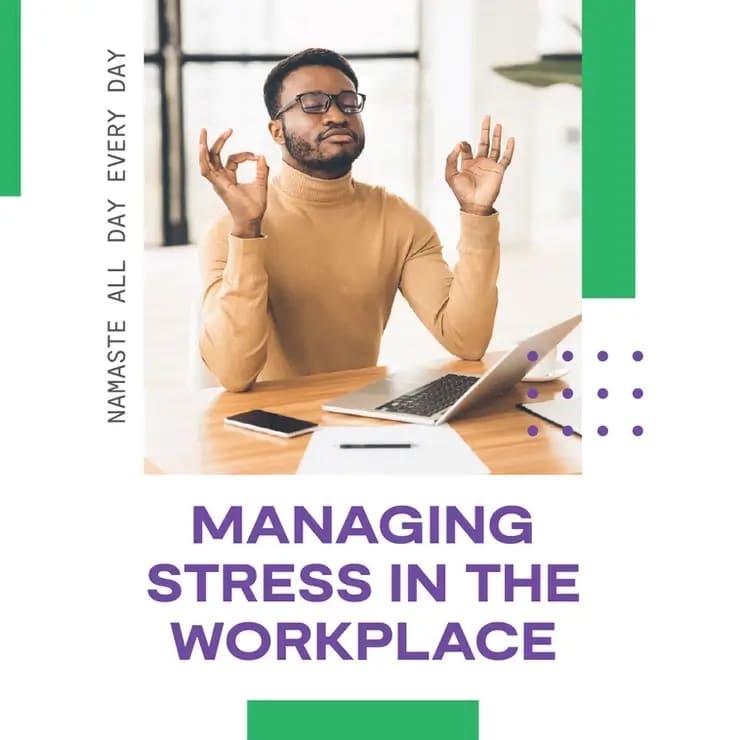For thirty years, the American Institute of Stress has recognized April as Stress Awareness Month, and as we enter the third year of the COVID-19 pandemic, this seems as apt a time as any to evaluate the role – and quantity – of stress in our lives.
The American Psychological Association reports that nearly 60% of Americans experience negative impacts of workplace stress, including “lack of interest, motivation, or energy and lack of effort at work.” These same survey participants also experienced cognitive weariness, emotional exhaustion, and physical fatigue. All of these figures are up since 2019.
In their book Burnout: The Secret to Unlocking the Stress Cycle, Drs. Emily and Amelia Nagoski confirm that stress is the result of our bodies perceiving a threat (think: stressor) — of any stakes or mildness — and they also go on to write that once the threat is gone, the stress doesn’t just immediately go away. Rather, we have to complete the full cycle of stress by signaling to our minds and bodies that we are safe and okay. If our bodies don’t get this message, the stress cycle remains incomplete, and our body is still in fight mode. This, Drs. Nagoski suggest, is what paves the way for burnout.
So when handling stress, we’ve got two tasks at hand: 1) try to avoid or reduce how often we experience stressors, and 2) to complete the stress cycle whenever possible.
Here are some places to start with avoiding stressors:
Find time for a break during your workday.
Try to build in some time during the day to step away from your work. If you’re working on a computer, consider a quick screen break. If your job has you constantly on your feet or working with other people, consider how you can switch up your day-to-day routine to provide a little break. If you have a scheduled break or lunch, use some of this time to step outside of your work environment; if you’re still working from home at all, maybe pause to load the dishwasher, handle a household task that doesn’t require a lot of mental rigor, or even just close your eyes for a few minutes.
Track your stressors.
Sometimes we can perfectly pinpoint where our stress comes from, but sometimes we can’t. When you feel stress coming on, try to identify where it came from, and take notes of how you’re coping with it. Whether it’s a deadline or an upcoming meeting, tracking or journaling will help you find these patterns of when you’re feeling more agitated than usual, discover what’s causing them, and help you establish healthy ways to handle when they arrive. (We’ll discuss these in a minute!)
Try to keep an eye on perfectionism.
Of course, easier said than done. And of course, some level of perfectionism can be a strong motivator, but extreme perfectionism can lead to higher levels of stress, anxiety, and burnout, so curbing the urge to be perfect at every turn can help mitigate the possible cons of always aiming to be a pro!
… and here’s how you can complete the stress cycle:
Drs. Nagoski and Nagoski offer seven key ways to complete the stress response cycle and give your body the thumbs up that the threat is gone and you’re no longer at risk:
- Breathe
- Cry
- Laugh
- Move your body
- Flex your creative muscles
- Talk to a loved one
- Talk to anyone!
So many things can restore our bodies’ equilibrium, from casual interactions like saying hello to the mailman, to letting all your emotions out, to switching productive gears and crafting or working out. With stress at an all time high in recent years, it’s important to work these seven activities into our self-care routines to make sure our bodies are returning to safe, secure, and healthy places.

